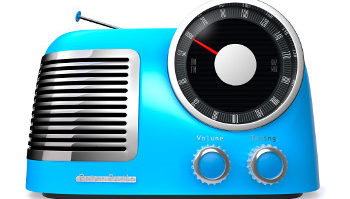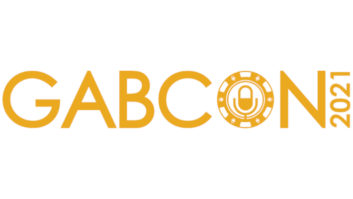Comments continue to roll on the issue of the whether C Band spectrum should potentially be opened up for sharing with wireless operators — with more broadcasters and consultants expressing concern.
The C Band system is invaluable and must be protected, said W. Cris Alexander, director of engineering for Crawford Broadcasting in a comment filing.
Crawford Broadcasting is licensee to 14 AM and nine FM commercial broadcast stations, many of whom use C Band satellite reception equipment for delivery of program content for broadcast, he said. As such, Crawford has a great interest in preserving interference-free reception of such satellite signals.
Alexander (who also writes for Radio World, which was not involved in the filing) encourages the commission to carefully consider the possible adverse effects that terrestrial sharing of C Band satellite signals in the 3.7–4.2 GHz band would have. Not only have users made a considerable investment in the infrastructure, but it serves as a cost-effective one-to-many broadcast model with reliable, nationwide reach, he said.
[Read: FCC Wants Comments on Feasibility of Sharing C Band Spectrum]
“Because of the number of C Band earth stations, registered and unregistered, that are in use by radio and television stations in every part of the U.S., we do not believe that moving existing C Band satellite operations to a different frequency would be practical or even possible,” Alexander said. “Such a move would be very disruptive and costly to implement.”
A better alternative would be to locate the proposed commercial wireless services on alternative frequencies, he said.
A similar assessment was made by radio technical consultant Tom Ray.
Every one of these stations relies heavily on programming delivered via C Band satellite from numerous program providers like Westwood One, Premiere Radio Networks, ESPN Radio and CBS News, Ray said.
“As it is, we already have issues with things such as airline altimeter radar that can, and does, wipe out C Band reception, particularly in the New York City area,” he said.
“By allowing other uses in this portion of the C Band downlink, you run the risk of putting numerous radio stations off the air, in addition to costing stations money that many cannot afford to move their downlinks and backhaul their services,” he said.
The suggestion to use fiber or the public internet for distribution is not feasible in many areas of the country, he said, due to lack of availability.
“Please do not further limit broadcasters,” he said. “Doing so could be the final straw to many struggling broadcasters who may need to simply sign off rather than incur large costs to relocate their dishes, purchase new equipment if program providers locate to another satellite band (such as KU), or have to provide strictly locally generated programming.”
On May 1, the Office of Engineering and Technology and the International and Wireless Telecommunications Bureaus asked for comments on the feasibility of allowing wireless services to use or share parts of the 3.7–4.2 GHz spectrum band for 5G use.
The FCC is asking for direction on how it should assess the possible impacts of sharing with those who are already operating in this band. The agency is also asking for suggestions on how this sharing might be accomplished without causing harmful interference.
Those interested in submitting comments can do so through the FCC ECFS database using Docket 18-122. The deadline for those comments is May 31, with reply comments due June 15.












